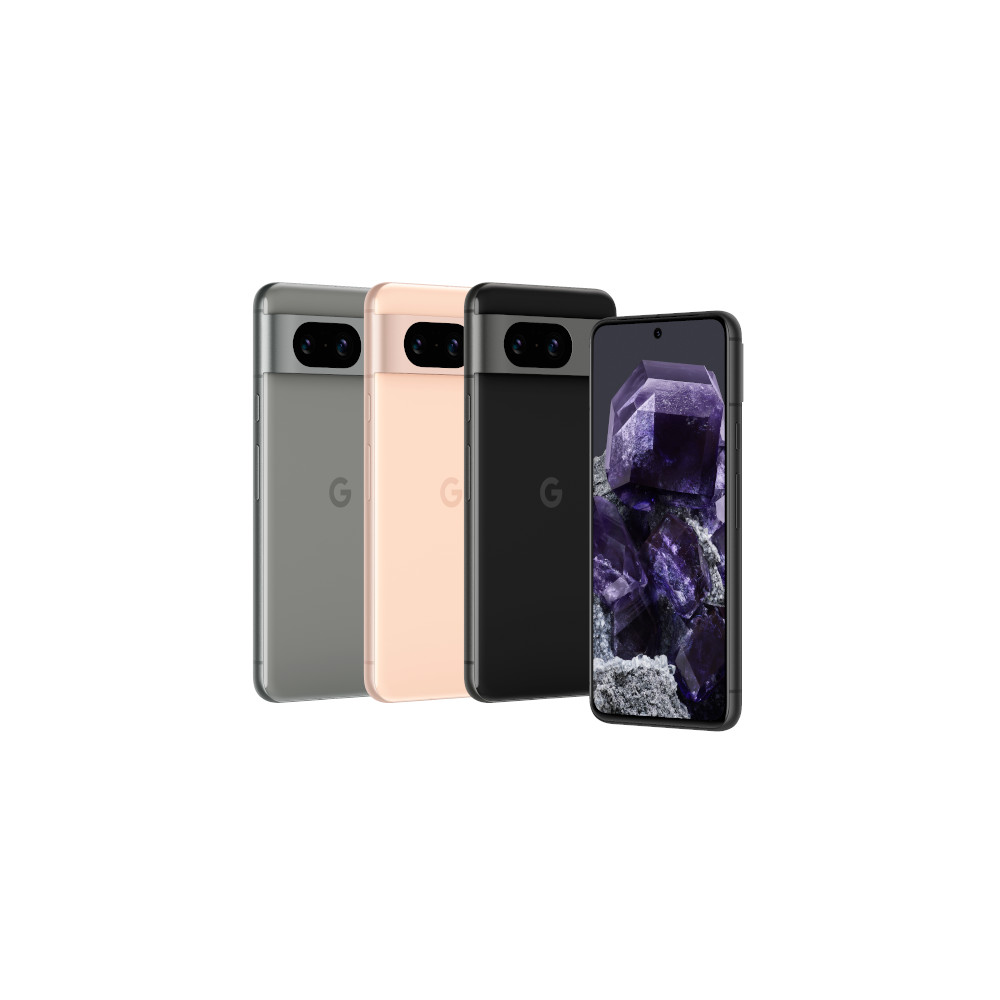Affiliate links on Android Authority may earn us a commission. Learn more.
The best dual-SIM Android phones available
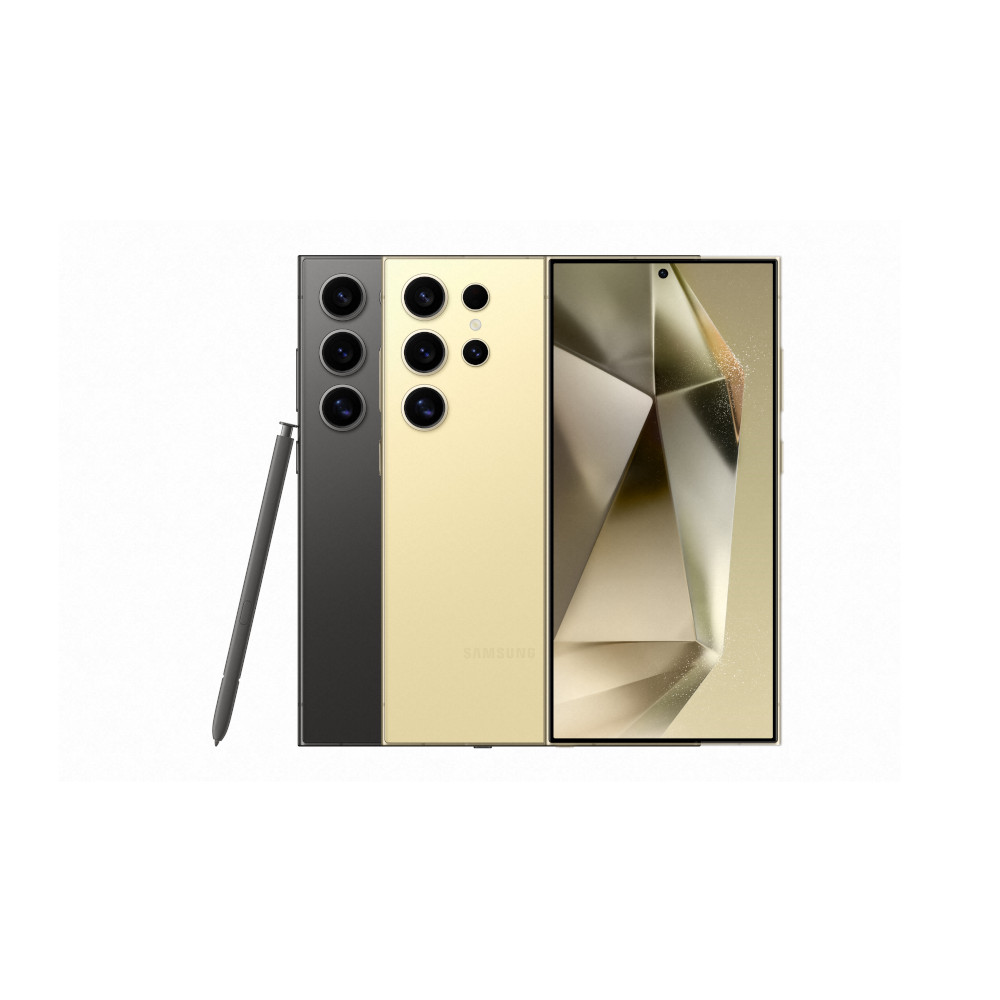
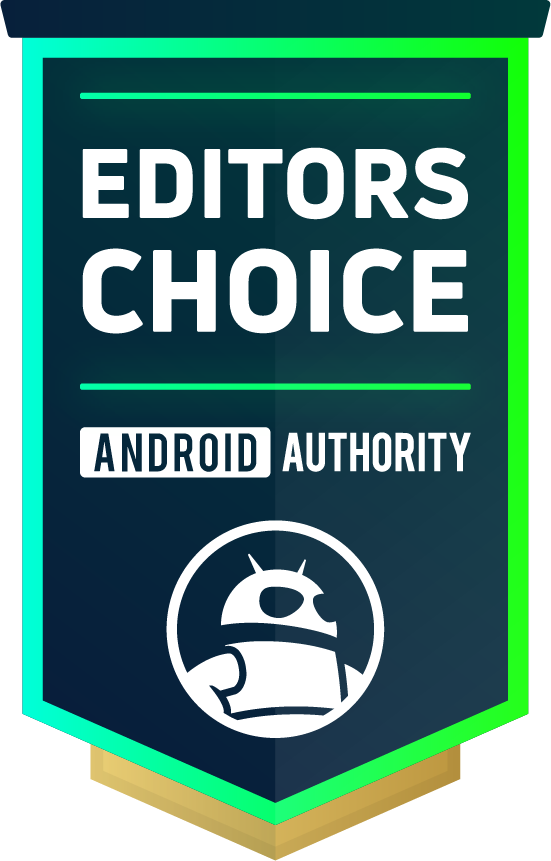
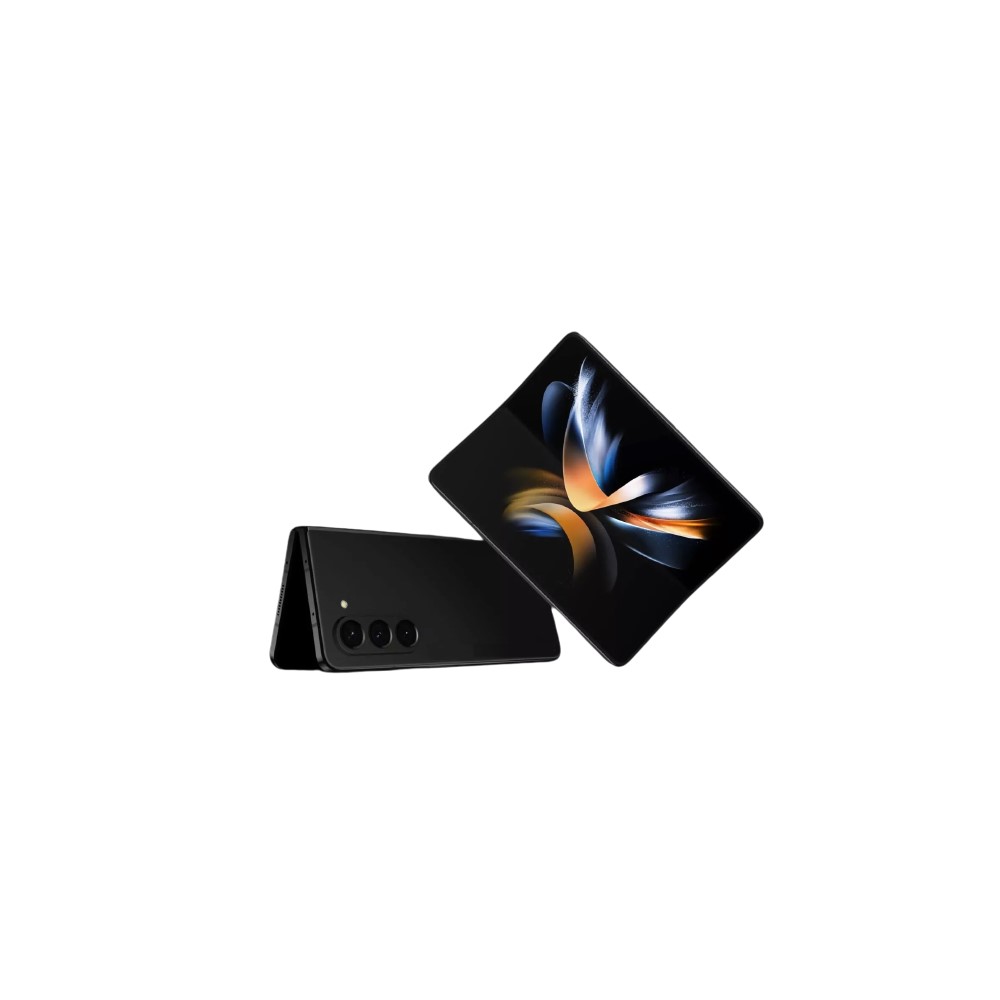

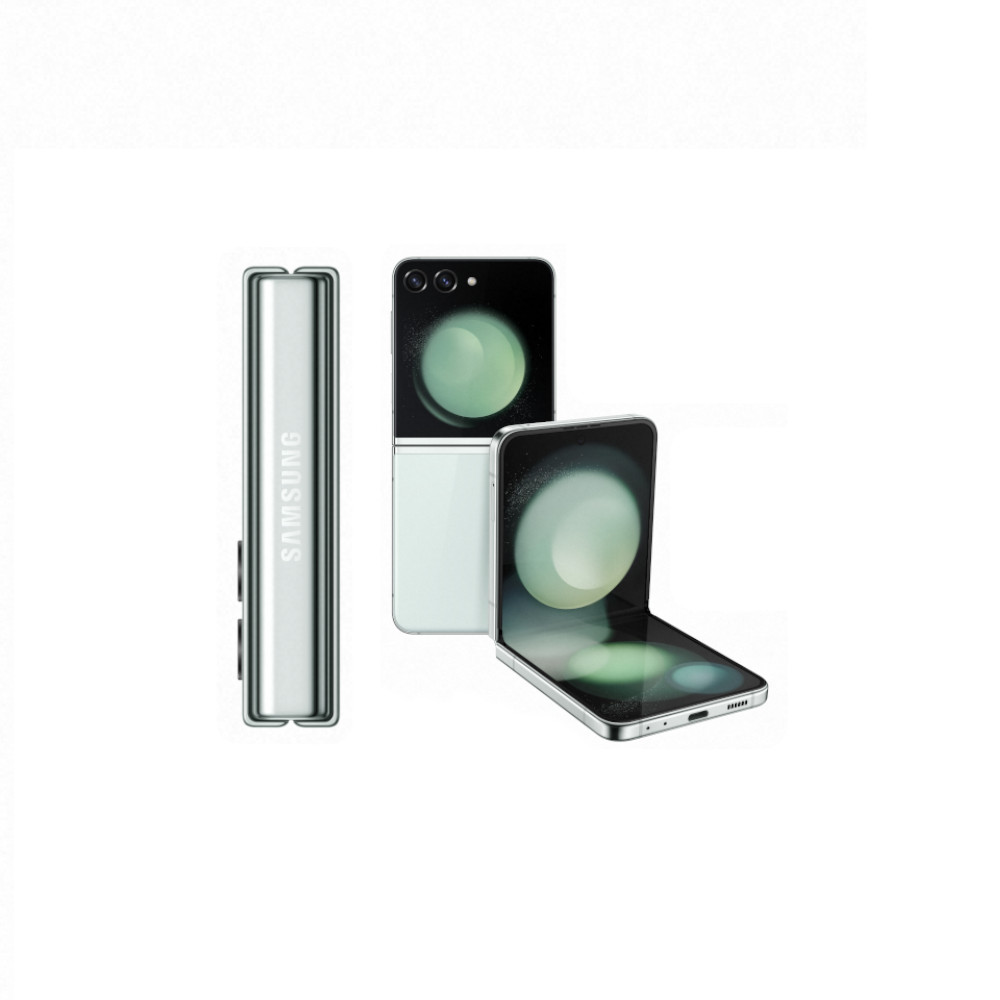

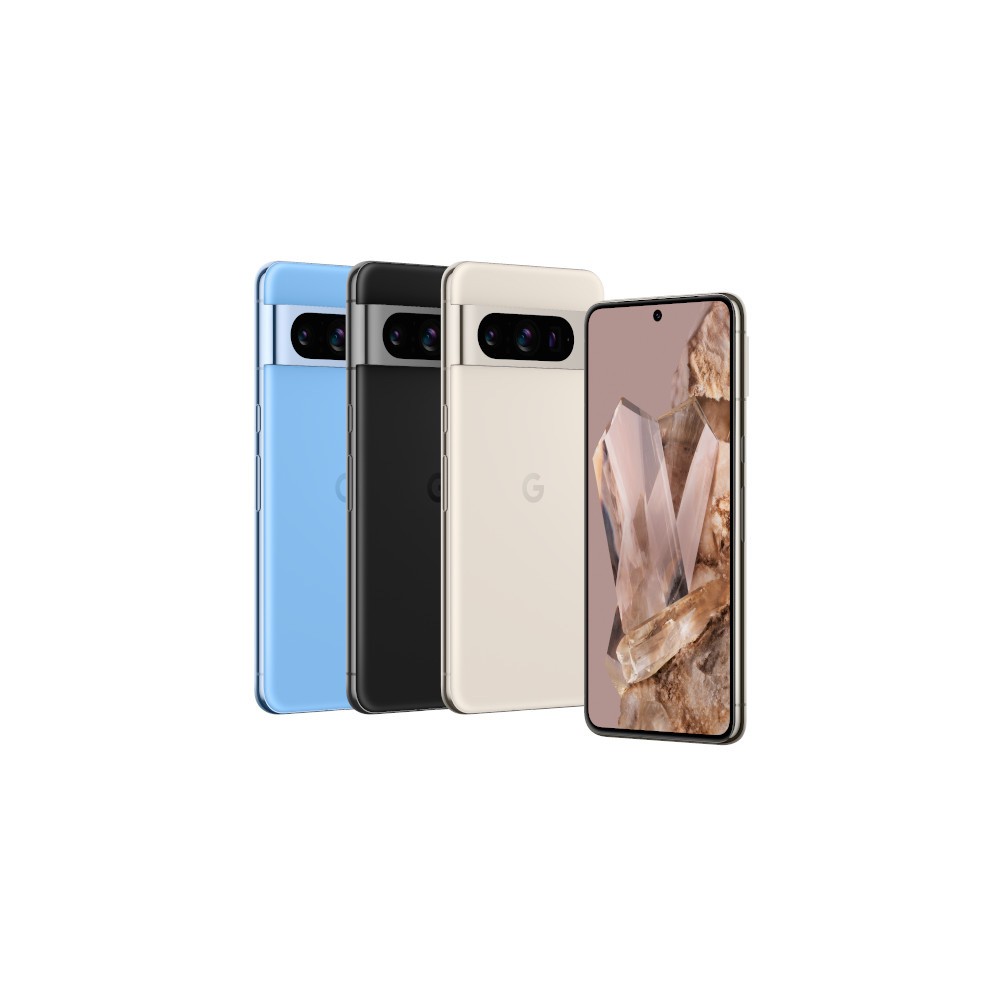

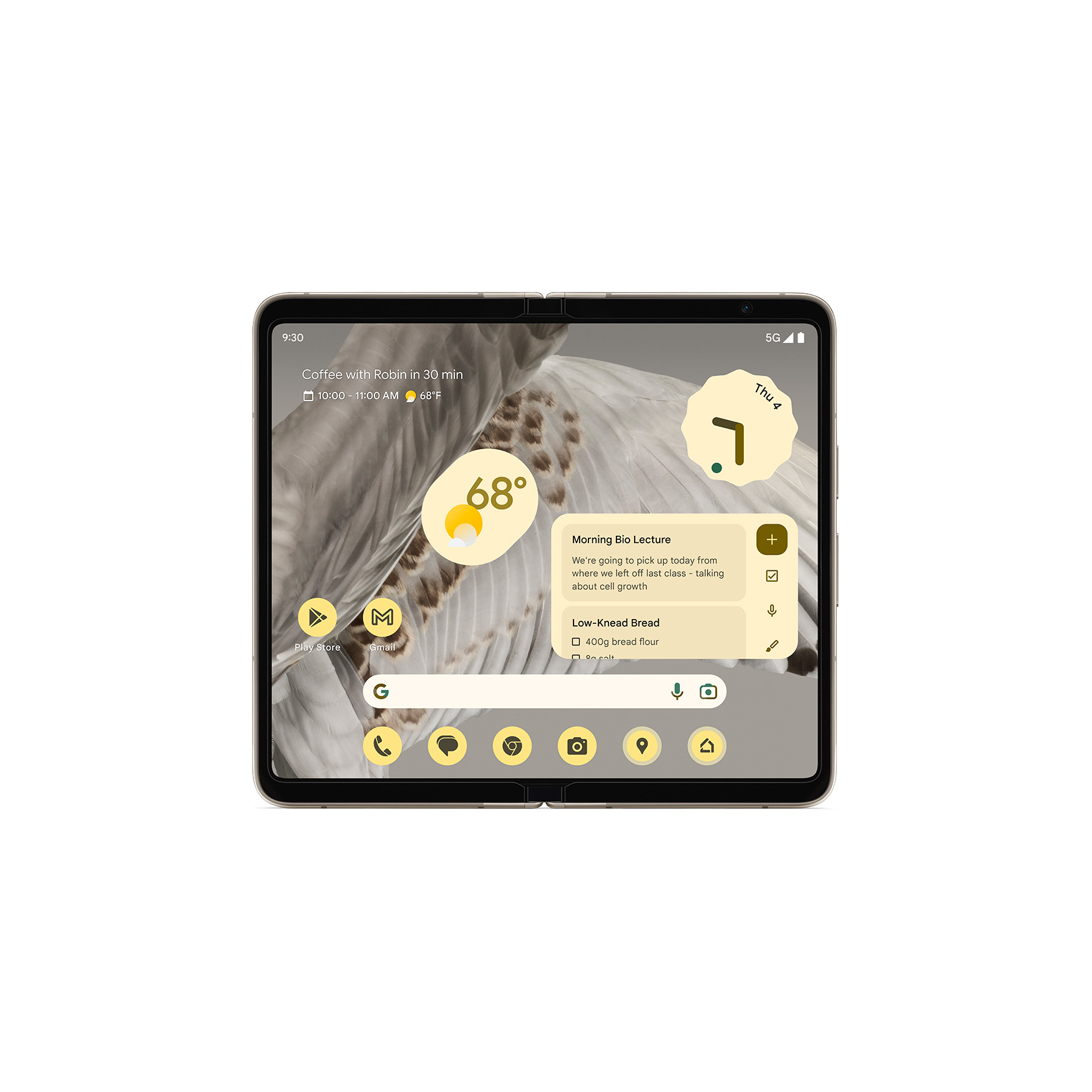

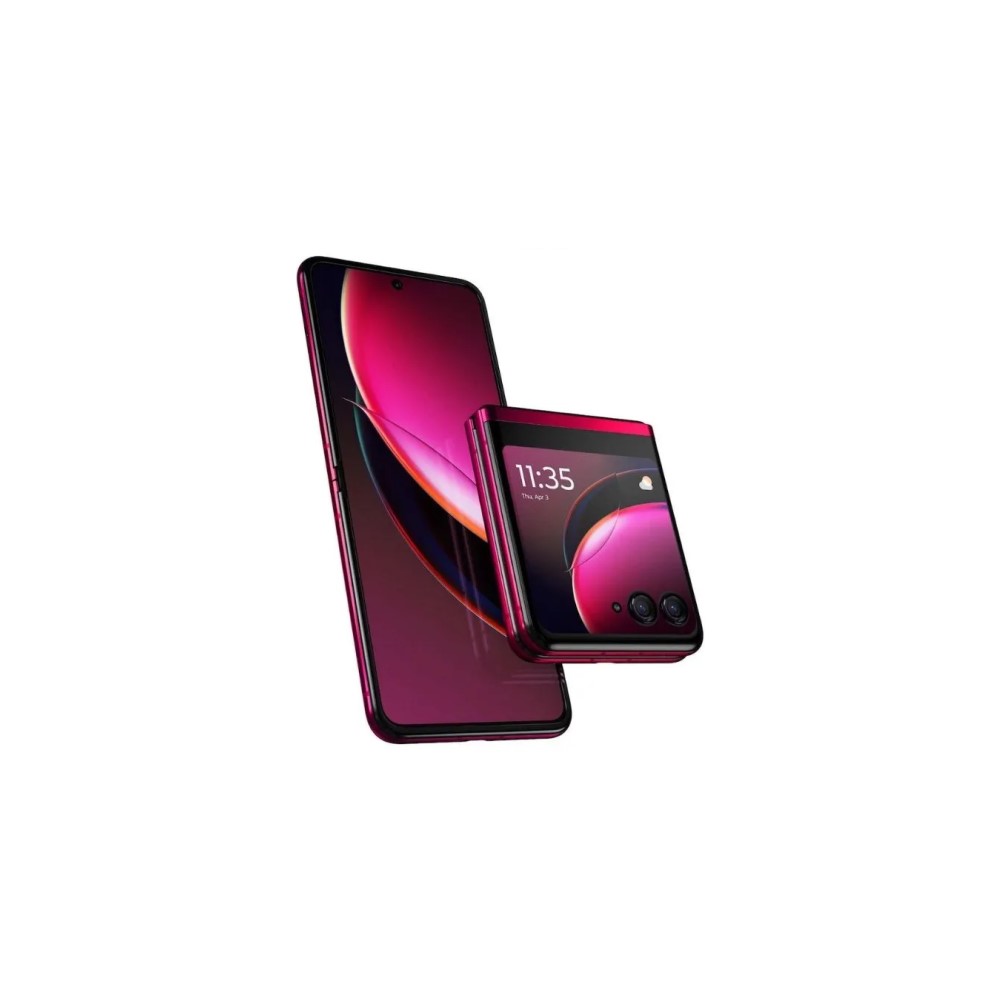



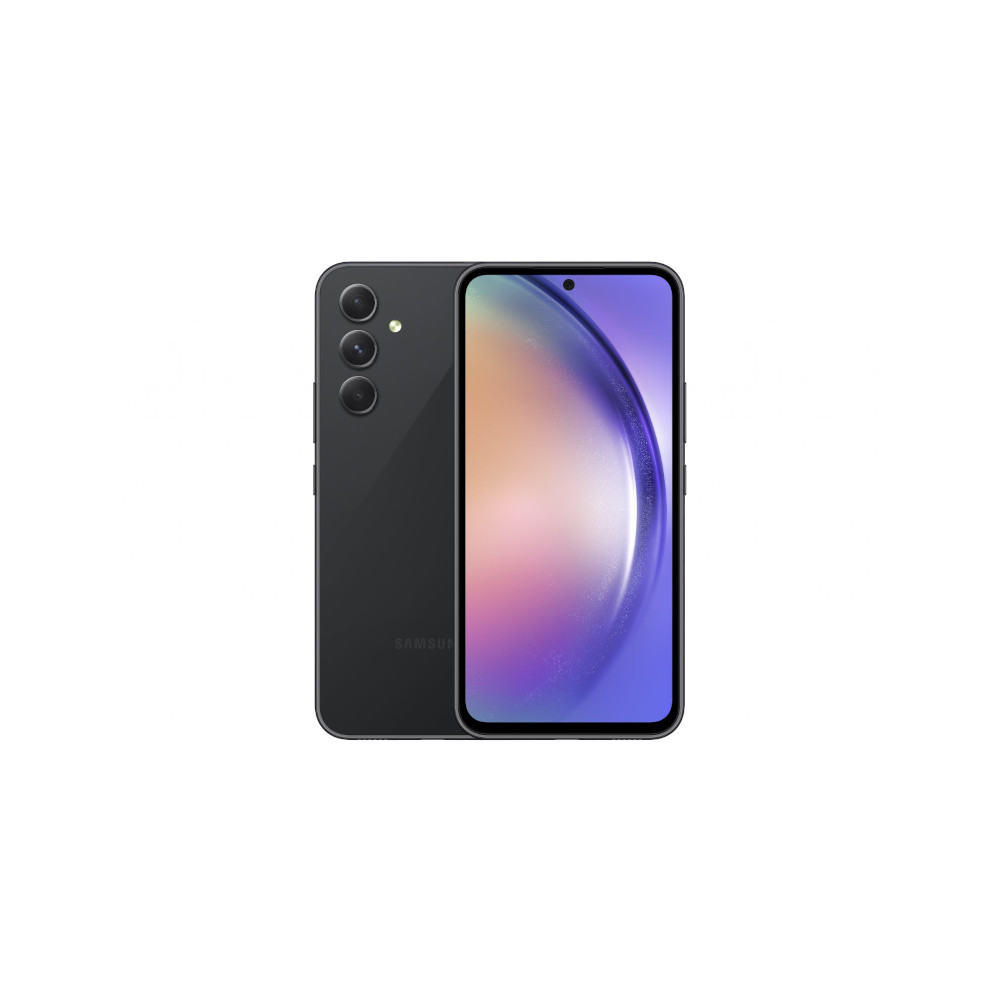







While most users can get by with a single SIM handset, there’s something to be said about the flexibility a dual-SIM device can offer. A dual-SIM setup lets you have two phone numbers while also using dedicated SIM cards for data and calls/texts. Most of the best smartphones on the market now offer this capability, but not every device is worth its salt. Here are our picks for the best dual-SIM Android phones you can buy, but make sure you don’t accidentally grab a single SIM version instead since some of the devices listed below come with just one SIM card slot in a few markets.
Why should you consider a dual-SIM smartphone?
While most people can get by with a single SIM in their phone, a dual-SIM device offers much more flexibility. A phone with dual-SIM support lets you store two (or more) phone numbers while also having data and texting attached to each SIM. This can be especially handy for traveling as you can get a local SIM card for cheap data and continue receiving calls or SMS on your original number. Here are our picks for the best dual-SIM Android phones you can buy, but read the spec sheet to make sure you don’t accidentally grab a single-SIM version, as some of our picks come in multiple configurations.
Dual SIM phones typically keep two carrier connections on standby. This is also known as Dual SIM Dual Standby (DSDS). When you need to use one line for a call or data, the other network becomes inactive and cannot be used simultaneously. This dual-standby approach saves phone designers the hassle of adding a second antenna system.
The best dual-SIM Android phones
Samsung Galaxy S24 series
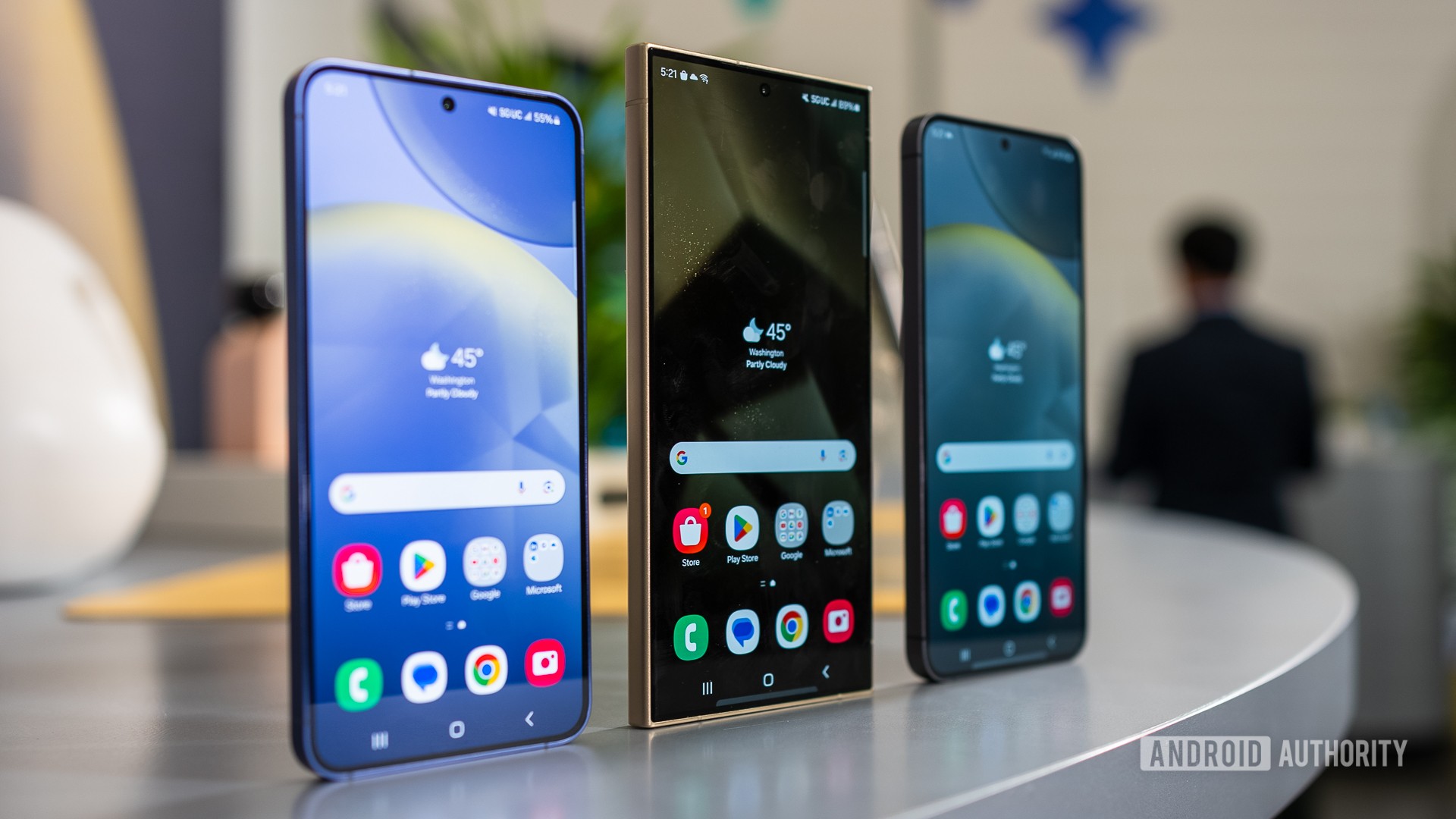
Samsung’s flagship family seems to launch earlier and earlier each year, but one thing stays the same: there are always three dual-SIM models to choose from. The Samsung Galaxy S24, Galaxy S24 Plus, and Galaxy S24 Ultra don’t look too different from their predecessors, but the main changes lie inside. All three come with dual-SIM functionality, too, but the setup will vary based on your home market. In some markets, the Galaxy S24 series supports two nano-SIMs, but in others, like the US, you’ll have to rely on a combination of nano-SIM and eSIM connections.
All three Galaxy S24 models have premium features outside the all-important dual-SIM support. You’ll get a dynamic 120Hz AMOLED 2X panel, HDR10+ support, and an overclocked Snapdragon 8 Gen 3 chipset no matter which way you go. The Galaxy S24 offers 8GB of RAM, while the premium Galaxy S24 Plus and Galaxy S24 Ultra have 12GB and up to 1TB of storage on the latter.
Samsung's S24 series pairs cutting-edge hardware with a feature-packed software platform.
We’re still waiting for our chance to put the Galaxy S24 series through its paces, but we expect big things. The updated processor is all-in on AI features, and we’re curious to see how the 50MP 5x telephoto sensor compares to its 10x 10MP predecessor on the Galaxy S24 Ultra.
Of course, the Galaxy S24 series includes some of the best Android phones you can get and, as such, demands a premium price. The Galaxy S24 kicks off at $800, while the Galaxy S23 Plus and Ultra follow behind at $1,000 and $1,300, respectively.

Excellent update commitment
Brilliant flat display
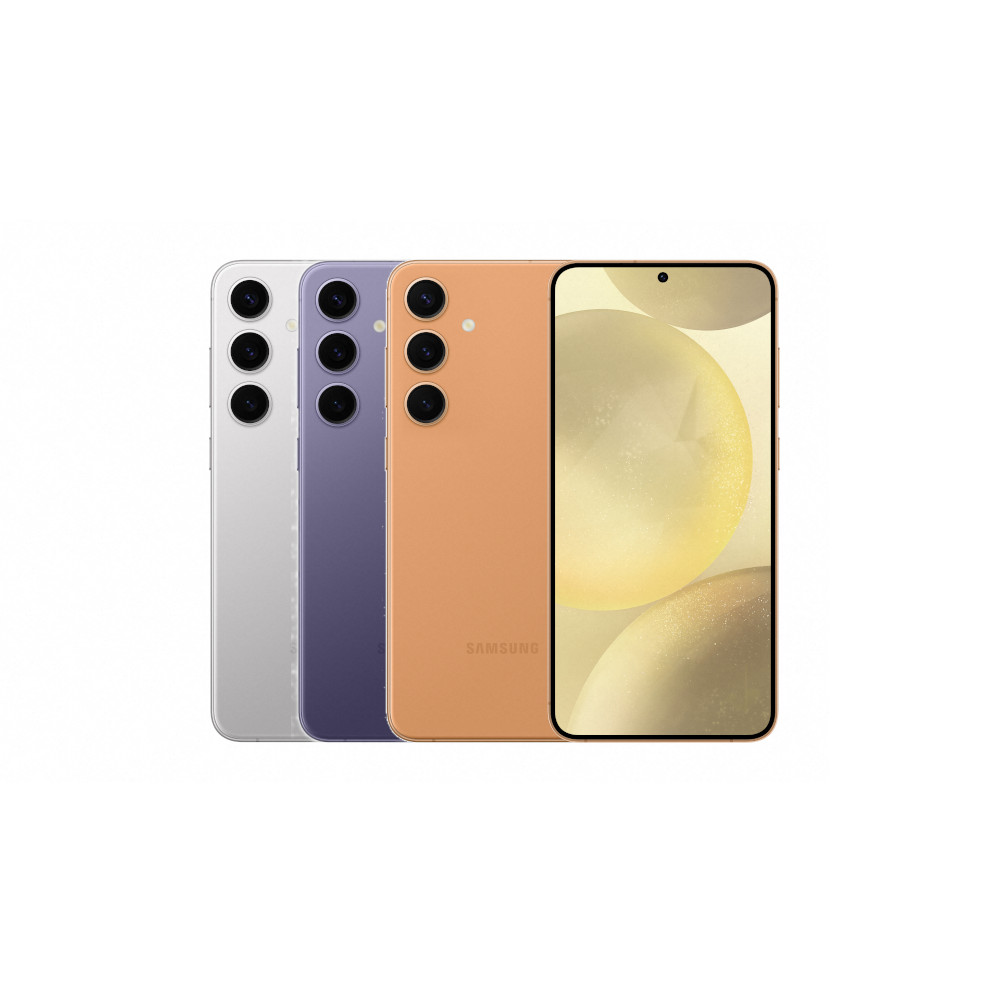
Excellent update commitment
Handy Galaxy AI features
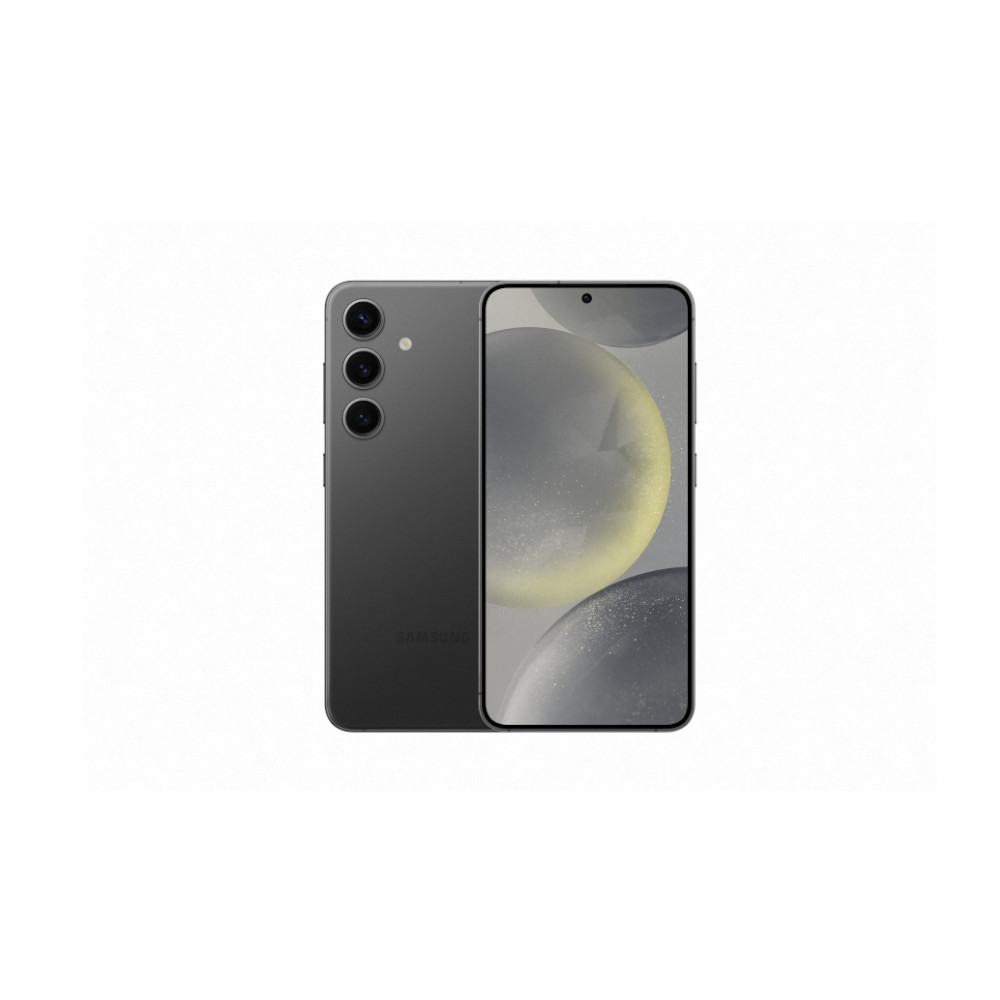
Neat AI features
Robust battery life
Galaxy S24 specs:
- Display: 6.2-inch, FHD+
- SoC: Snapdragon 8 Gen 3
- RAM: 8GB
- Storage: 256GB
- Cameras: 10, 12, and 50MP
- Front camera: 12MP
- Battery: 4,000mAh
- Software: Android 14
Galaxy S24 Plus specs:
- Display: 6.7-inch, QHD+
- Chipset: Snapdragon 8 Gen 3
- RAM: 12GB
- Storage: 256/512GB
- Cameras: 10, 12, and 50MP
- Front cameras: 12MP
- Battery: 4,900mAh
- Software: Android 14
Galaxy S24 Ultra specs:
- Display: 6.8-inch, QHD+
- Chipset: Snapdragon 8 Gen 3
- RAM: 12GB
- Storage: 256/512/1,024GB
- Cameras: 12, 50, 10, and 200MP
- Front cameras: 12MP
- Battery: 5,000mAh
- Software: Android 14
Samsung Galaxy Z Fold 5 and Z Flip 5
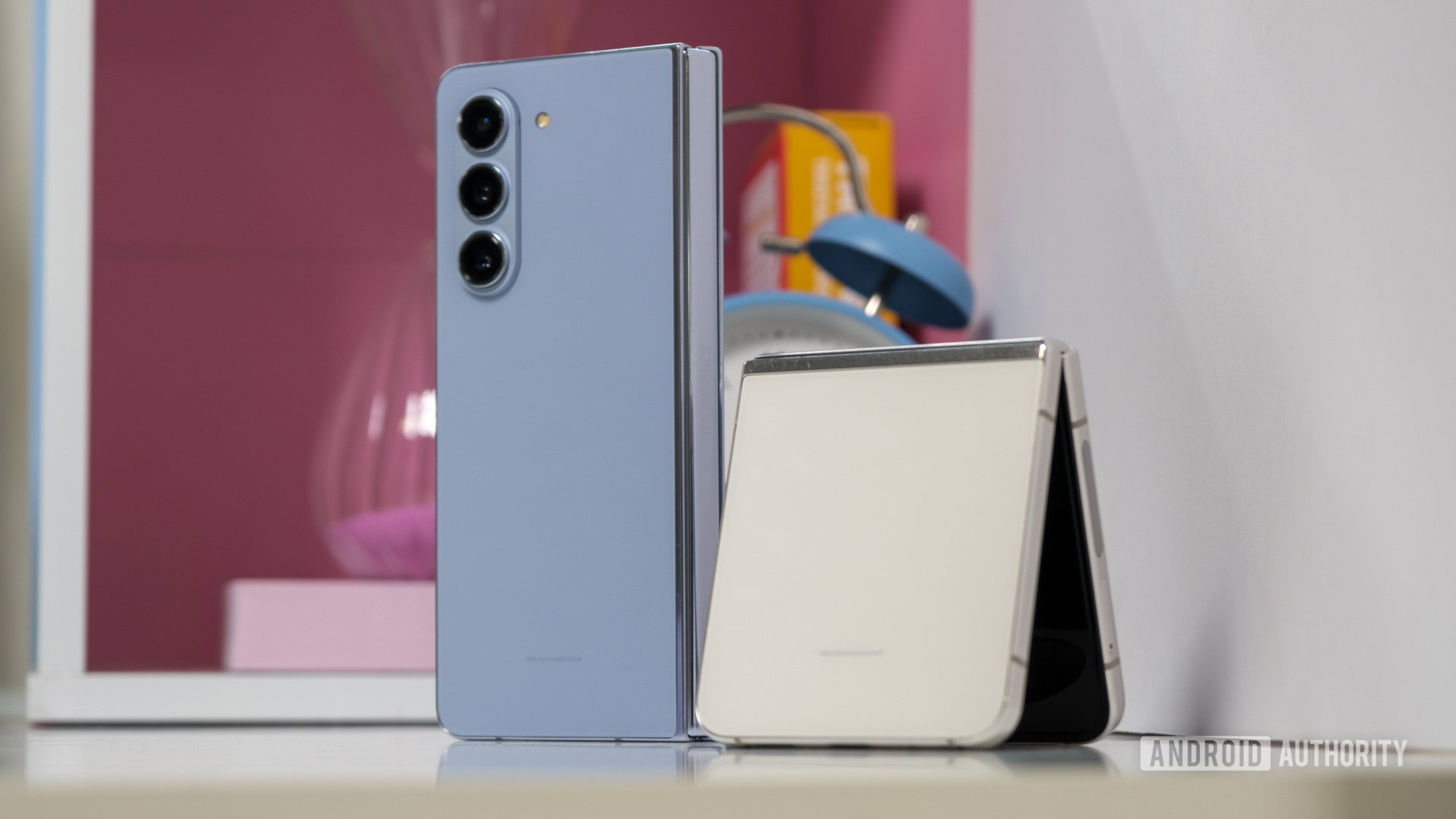
If you’re still thinking about Samsung but want something more unique, the Galaxy Z Fold 5 and Galaxy Z Flip 5 come in dual-SIM configurations. That’s right, it’s time to talk about some popular foldable phones. To oversimplify things, the Galaxy Z Fold 5 is for the power user, while the Galaxy Z Flip 5 is for anyone who misses the days of the classic flip phone and wants to fit their phone comfortably in a pocket.
Outside of the exciting form factors, the Galaxy Z Flip 5 and Galaxy Z Fold 5 pack the internal components to compete. They carry Qualcomm’s Snapdragon 8 Gen 2 for Galaxy chipset and ample options for both RAM and storage. Like the Galaxy S23 series mentioned above, the dual-SIM setups for Samsung’s Galaxy Z Fold 5 will vary by market. It supports two physical SIM cards in some countries, while others need a combination of nano-SIM and eSIM.
On the other hand, the Galaxy Z Flip 5 only comes in one configuration. Its compact form factor means that Samsung didn’t have enough space for two physical SIM cards, so all users will have to get comfortable with eSIM if they want more than one phone number on their flip phone.
As with previous generations, the Galaxy Z Flip 5 kicks off at $1,000, while the Galaxy Z Fold 5 demands a cool $1,800.

Bright, vibrant displays
Powerful multitasking features

Excellent build quality
Solid rear cameras
Galaxy Z Fold 5 specs:
- Display: 7.6-inch 1,812 x 2,176 and 6.2-inch 904 x 2,316
- SoC: Snapdragon 8 Gen 2 for Galaxy
- RAM: 12GB
- Storage: 256/512/1,024GB
- Cameras: 50, 12, and 10MP
- Front camera: 10MP, 4MP
- Battery: 4,400mAh
- Software: Android 13
Galaxy Z Flip 5 specs:
- Display: 6.7-inch FHD+ and 3.4-inch 720 x 748
- SoC: Snapdragon 8 Gen 2 for Galaxy
- RAM: 8GB
- Storage: 256/512GB
- Cameras: 12 and 12MP
- Front camera: 10MP
- Battery: 3,700mAh
- Software: Android 13
Google Pixel 8 and Pixel 8 Pro
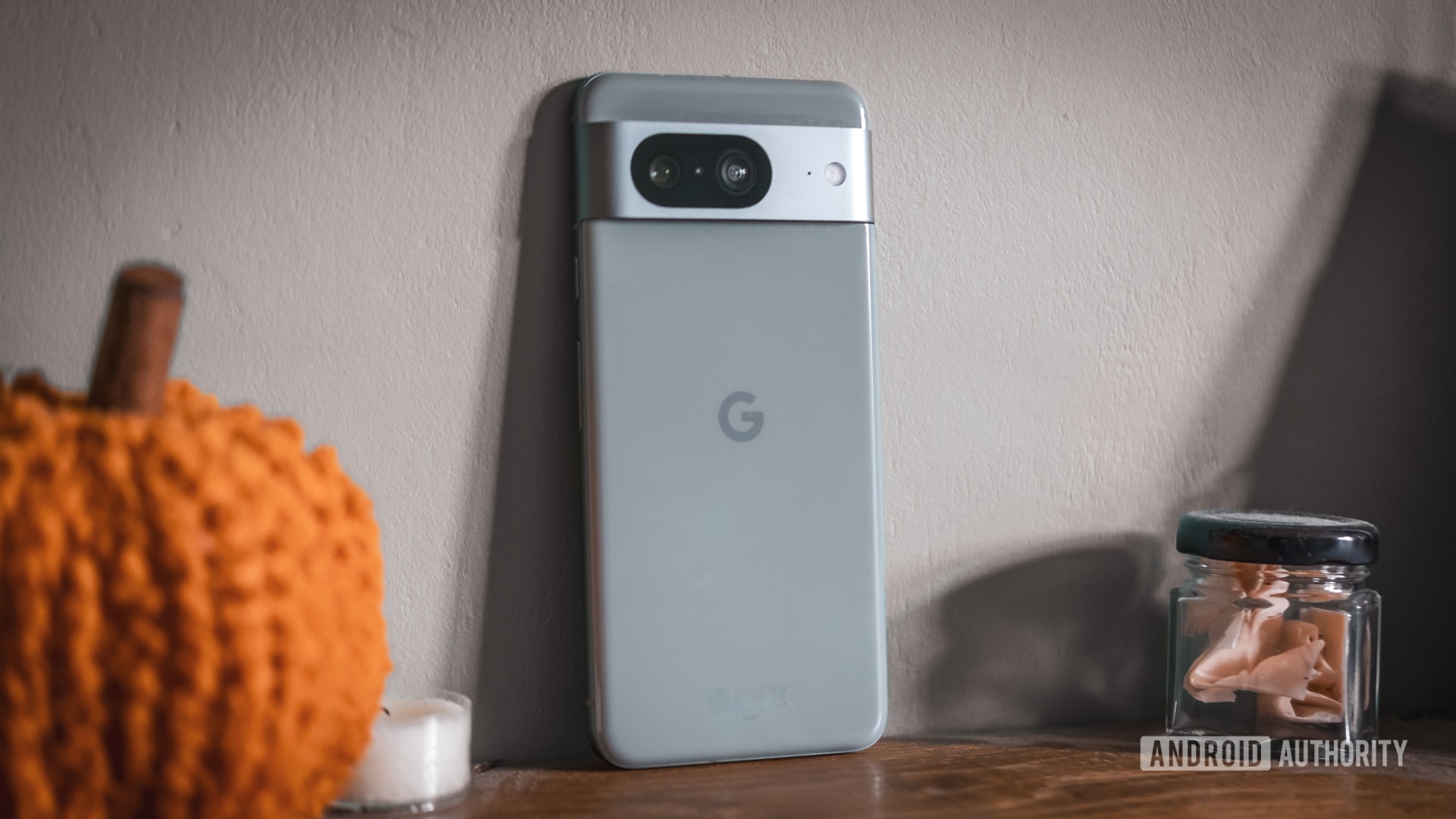
While the Pixel 7 series (from $545 at Amazon) remains a great value lineup, it’s not as good as Google’s new Pixel 8 series.
The Pixel 8 starts at $700 and offers an attractive design, the longest Android update promise, and great camera performance. It also packs the new Tensor G3 SoC, which offers one physical SIM card slot and another eSIM profile.
The Pixel 8 Pro is similar to its more affordable sibling but includes an additional camera lens at the rear, a larger display, and a beefier build. It features the same SIM lineup as the Pixel 8 but costs a little more at $1,000.
Notably, as there’s no Pixel 8a yet, the Pixel 7a ($477 at Amazon) offers a great proposition if you’re looking for a more affordable handset. It uses the Tensor G2 SoC and packs an excellent overall experience, cutting the price to $500. It’s a mid-tier phone with high-end aspirations, so to speak.

Fun, exclusive Android 14 customizations
Industry-leading update promise
Pixel 8 specs:
- Display: 6.2-inch, Full HD+
- SoC: Tensor G3
- RAM: 8GB
- Storage: 128/256GB
- Cameras: 50 and 12MP
- Front camera: 10.5MP
- Battery: 4,575mAh
- Software: Android 14
Pixel 8 Pro specs:
- Display: 6.7-inch, 2,992 x 1,344
- SoC: Tensor G3
- RAM: 12GB
- Storage: 128/256/512GB/1TB
- Cameras: 50, 48, and 48MP
- Front camera: 10.5MP
- Battery: 5,050mAh
- Software: Android 14
Google Pixel Fold
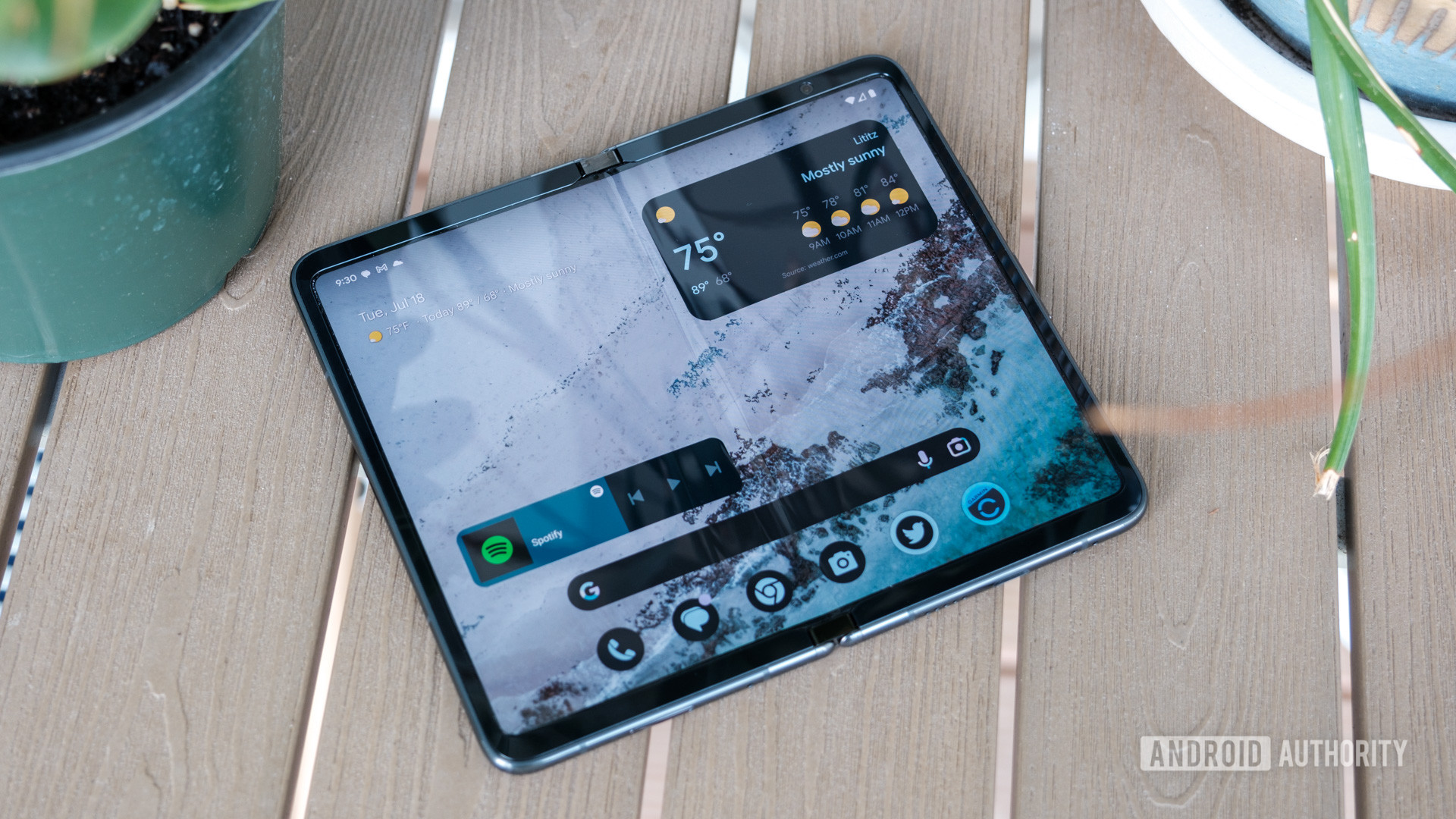
If you’re a fan of Google devices but want a unique folding form factor, the Pixel Fold is the one for you. You’ll pay a high ticket price to own one, though, as the Pixel Fold costs $1,800 for the base setup. It’s also only available in a few select markets, so you’ll want to double-check your network compatibility before you buy.
While it’s an impressive device overall, Google’s Tensor G2 chipset still runs a bit warm. It performs well; you just have to give it some time to cool down after intense usage. On the bright side, it remains tough to top Google’s clean, simple software, loaded with features that make life a little easier. As expected, the cameras are still excellent, and Google’s image processing is top-notch.
Like its Pixel 7 brothers, the Pixel Fold is one of the best dual-SIM Android phones. It has a single nano-SIM card slot, but you can also use the secondary eSIM to add another line.


Pixel Fold specs:
- Display: 7.6-inch 1,840 x 2,208 and 5.8-inch FHD+
- SoC: Tensor G2
- RAM: 12GB
- Storage: 256/512GB
- Cameras: 48, 10.8, and 10.8MP
- Front camera: 8MP and 9.5MP
- Battery: 4,821mAh
- Software: Android 13
Motorola Razr Plus
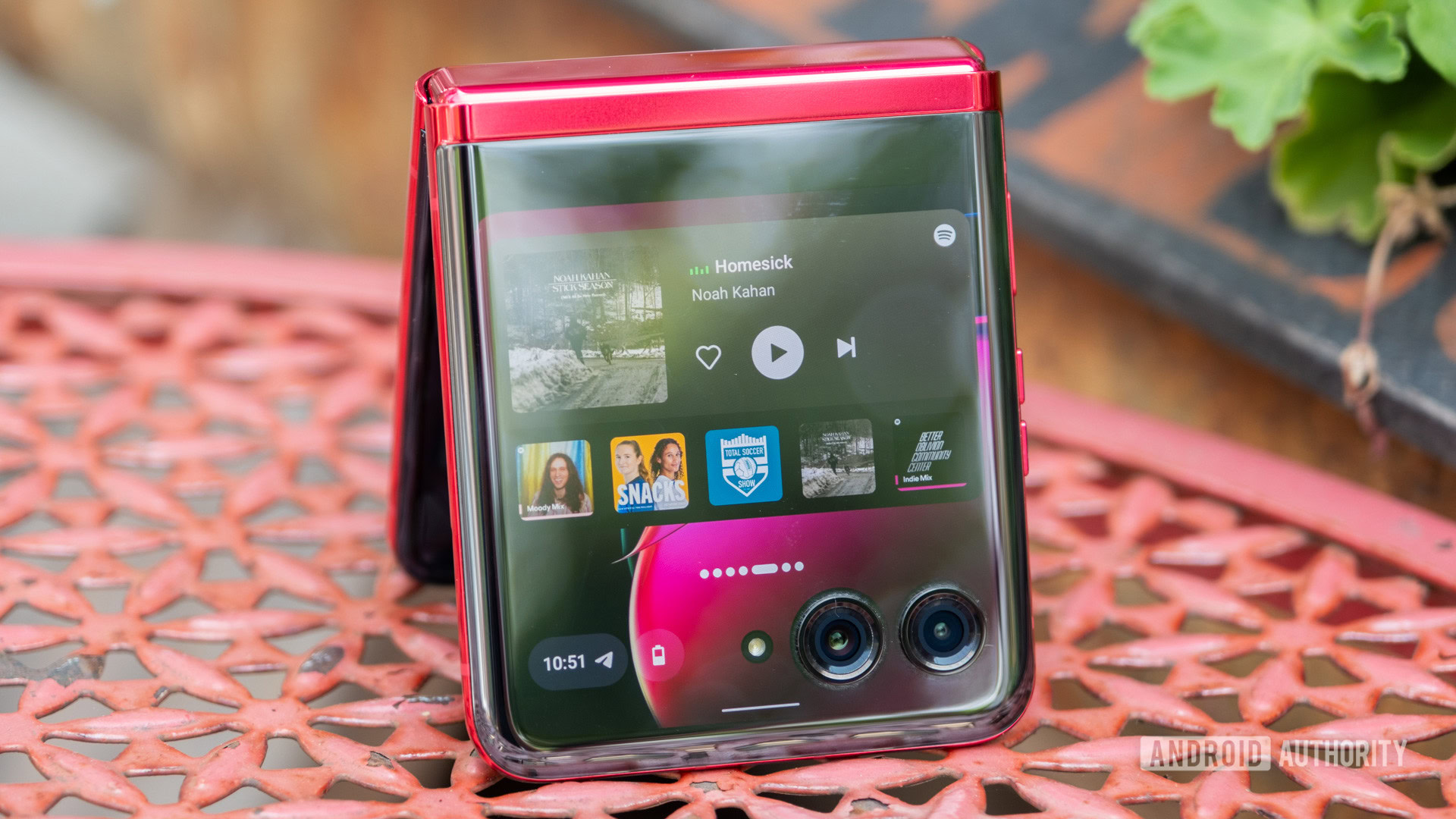
If you’re looking for a foldable flip phone and don’t have much love for One UI, then the Motorola Razr Plus may be more up your alley. Like its Galaxy Z Flip 5 rival, the Razr Plus kicks off at $1,000, but we’d argue that it delivers a more enjoyable cover screen experience. Instead of an unusually shaped cutout, the Razr Plus packs a large 3.6-inch square display with a 144Hz refresh rate that supports just about any app you could ask for.
On top of that, the phone is a high-end handset. It features a Snapdragon 8 Plus Gen 1 chipset, which may not be the latest and greatest, but it’s powerful enough. This US version also comes with 8GB of RAM and 256GB of storage. The internal display is pretty impressive, too, offering a 6.9-inch LTPO AMOLED panel with a 165Hz refresh rate.
Of course, it’s also one of the best dual-SIM phones, offering a single nano-SIM card slot and an eSIM. There is very little we didn’t like about it. The cameras could be improved, but they are decent. Battery life lands right around a full day, which is technically not great these days, but it’s about par when it comes to flip phones.


Razr Plus specs:
- Display: 6.9-inch and 3.6-inch
- SoC: Snapdragon 8 Plus Gen 1
- RAM: 8GB
- Storage: 256GB
- Cameras: 12 and 13MP
- Front camera: 32MP
- Battery: 3,800mAh
- Software: Android 13
OnePlus 12
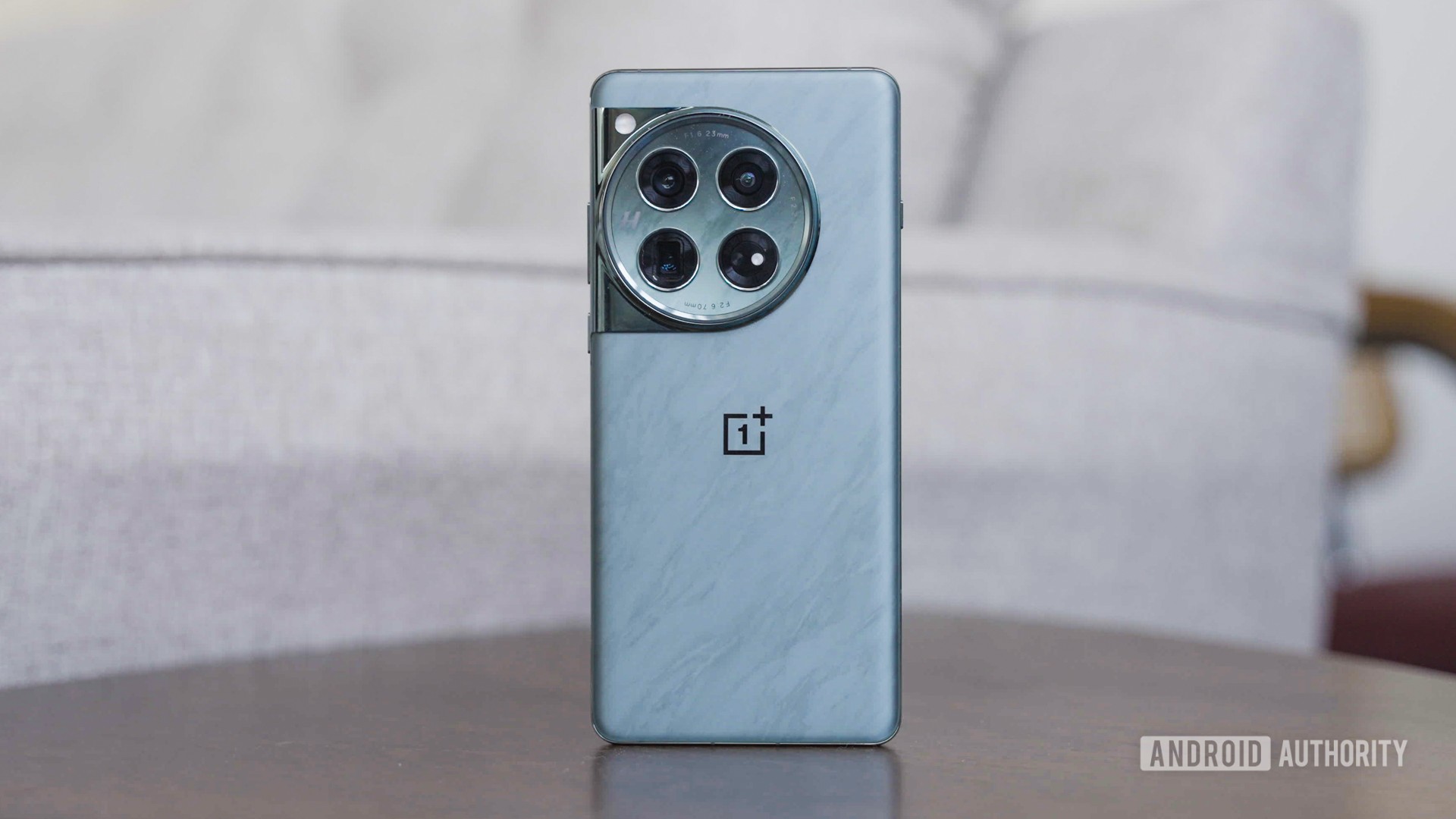
We recommend the latest OnePlus 12 if you want dual-SIM capabilities. It packs plenty of other excellent flagship features, too. In fact, the OnePlus 12 is a bit different from its predecessors in that it’s more of a flagship phone. Before this one, OnePlus devices were premium handsets that made some significant sacrifices to lower the price. But this one makes almost none, and the price reflects this at $900.
The OnePlus 12 packs plenty of punch with its Snapdragon 8 Gen 3 processor, impressive 120Hz display with a QHD+ resolution, beautiful design, solid build quality, and excellent battery life. Even better, it offers high-speed 100W charging (limited to 80W in the USA). And this time around, OnePlus added wireless charging. And it’s super fast at 50W! OnePlus’ cameras are actually pretty good this time, too, with the Hasselblad tuning.
The downsides? It only has an IP65 rating. That said, that’s very little to sacrifice for an excellent phone at this price. It pretty much competes with the best in every other aspect, and the price is still lower than the direct competitors, which can easily go over the $1,000 mark. It’s a great choice if you’re looking for dual-SIM capabilities. It has two nano-SIM slots and eSIM.


OnePlus 12 specs:
- Display: 6.82-inch, QHD+
- SoC: Snapdragon 8 Gen 3
- RAM: 12/16/24GB
- Storage: 256/512/1,024GB
- Cameras: 48, 50, and 64MP
- Front camera: 32MP
- Battery: 5,400mAh
- Software: Android 14
Samsung Galaxy A54 5G
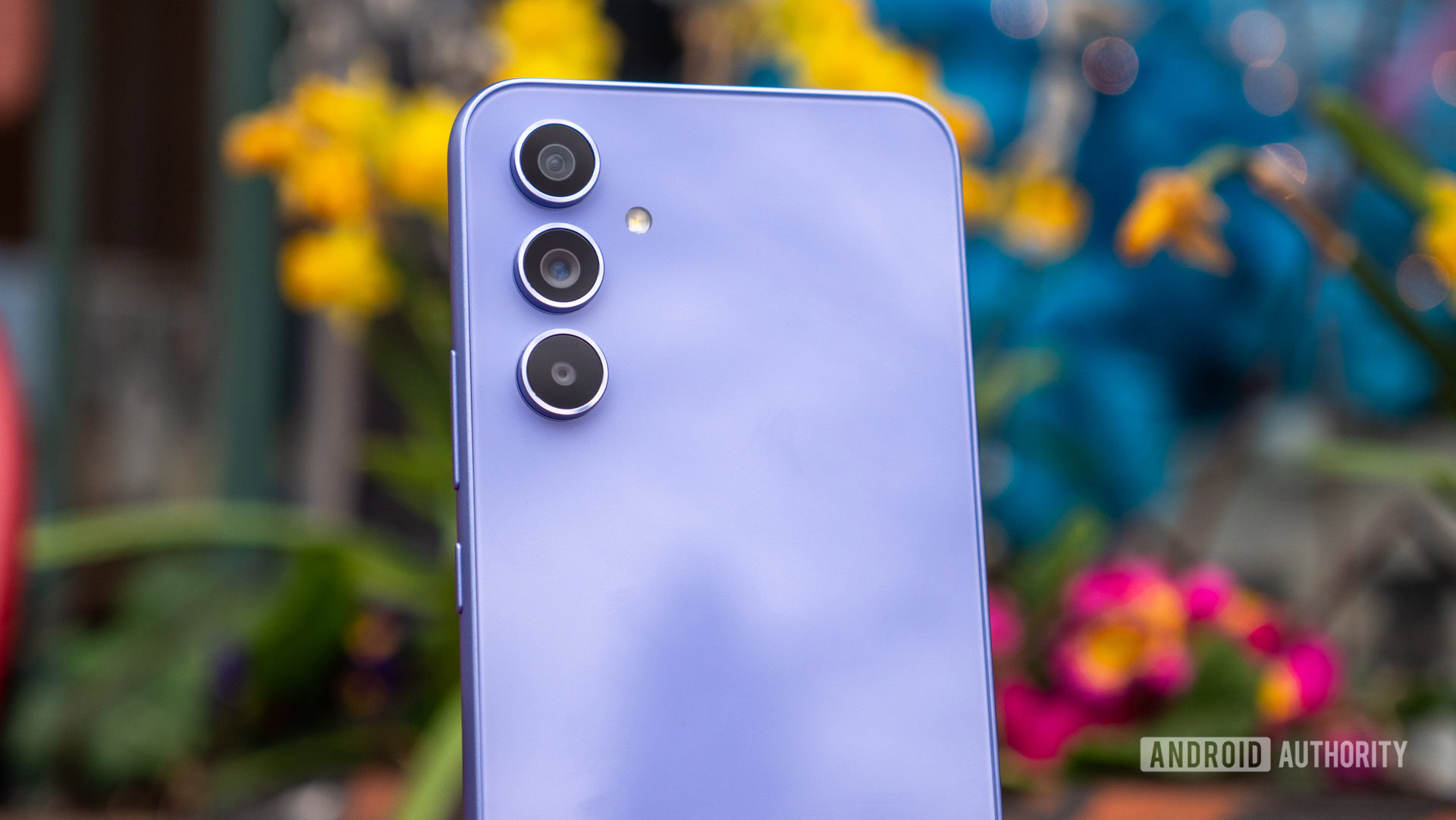
The Samsung Galaxy A54 5G represents just how good an affordable Android phone can be. It comes in at $450 and offers a well-rounded experience. The reasonably large 6.4-inch display sports a Full HD+ resolution and a 120Hz refresh rate.
You can choose between 6GB and 8GB of RAM with up to 256GB of expandable storage. Samsung’s in-house Exynos 1380 processor is an upgrade over the previous generation, too, even if it isn’t top-of-the-line. The Galaxy A54’s 50MP primary camera should be pretty good if predecessors are anything to go by, and the 5MP macro lens adds a little more flexibility. There’s also a 12MP ultrawide shooter in there. You even get a 32MP selfie lens, which is significantly above most on this list.
Samsung packed a solid 5,000mAh battery into its budget-friendly offering, along with 25W charging. It also has an under-display fingerprint reader, which can be hard to find in budget smartphones. You just have to ensure you find the dual-SIM version, as there is also an interaction with single-SIM capabilities.
The Samsung Galaxy A55 ($387 at Amazon) is another option. We didn’t add it to this list because the phone isn’t yet widely available in the US. Additionally, not all versions support dual-SIM.


Galaxy A54 5G specs
- Display: 6.4-inch, Full HD+
- SoC: Exynos 1380
- RAM: 6/8GB
- Storage: 128/256GB
- Cameras: 50, 12, and 5MP
- Front camera: 32MP
- Battery: 5,000mAh
- Software: Android 13
Sony Xperia 1 V
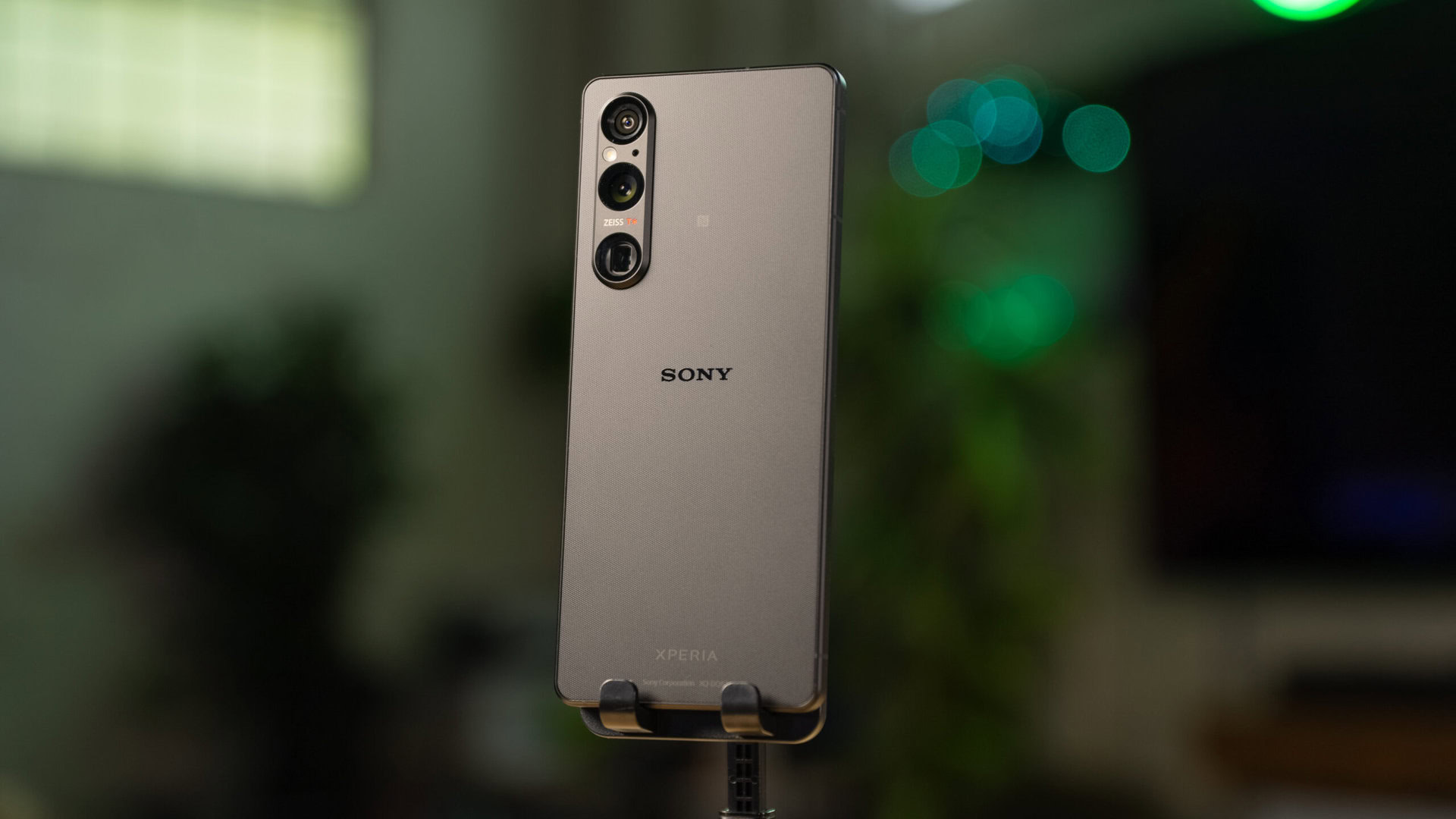
The new Sony Xperia 1 V is a great device that easily makes it to our list of the best dual-SIM Android phones. That said, it is also a bit too expensive at $1,400 — though that’s still $200 more affordable than its eye-watering predecessor.
Either way, we gave the Sony Xperia 1 V a great review, so long as you can justify the price. It’s set up to perform, packing plenty of RAM and the latest Snapdragon 8 Gen 2 processor. Additionally, Sony keeps finding a way to hang onto legacy features, with the Xperia 1 V still packing a headphone jack for your convenience.
If you care for photography and videography, this device is one of the best, especially if you want features like super-fast autofocus, eye autofocus, manual controls, and more, which Sony lifted straight from its Alpha camera lineup.


Xperia 1 V specs:
- Display: 6.5-inch, 4K
- SoC: Snapdragon 8 Gen 2
- RAM: 12GB
- Storage: 256/512GB
- Cameras: 48, 12, and 12MP
- Front camera: 12MP
- Battery: 5,000mAh
- Software: Android 13
ASUS ROG Phone 8
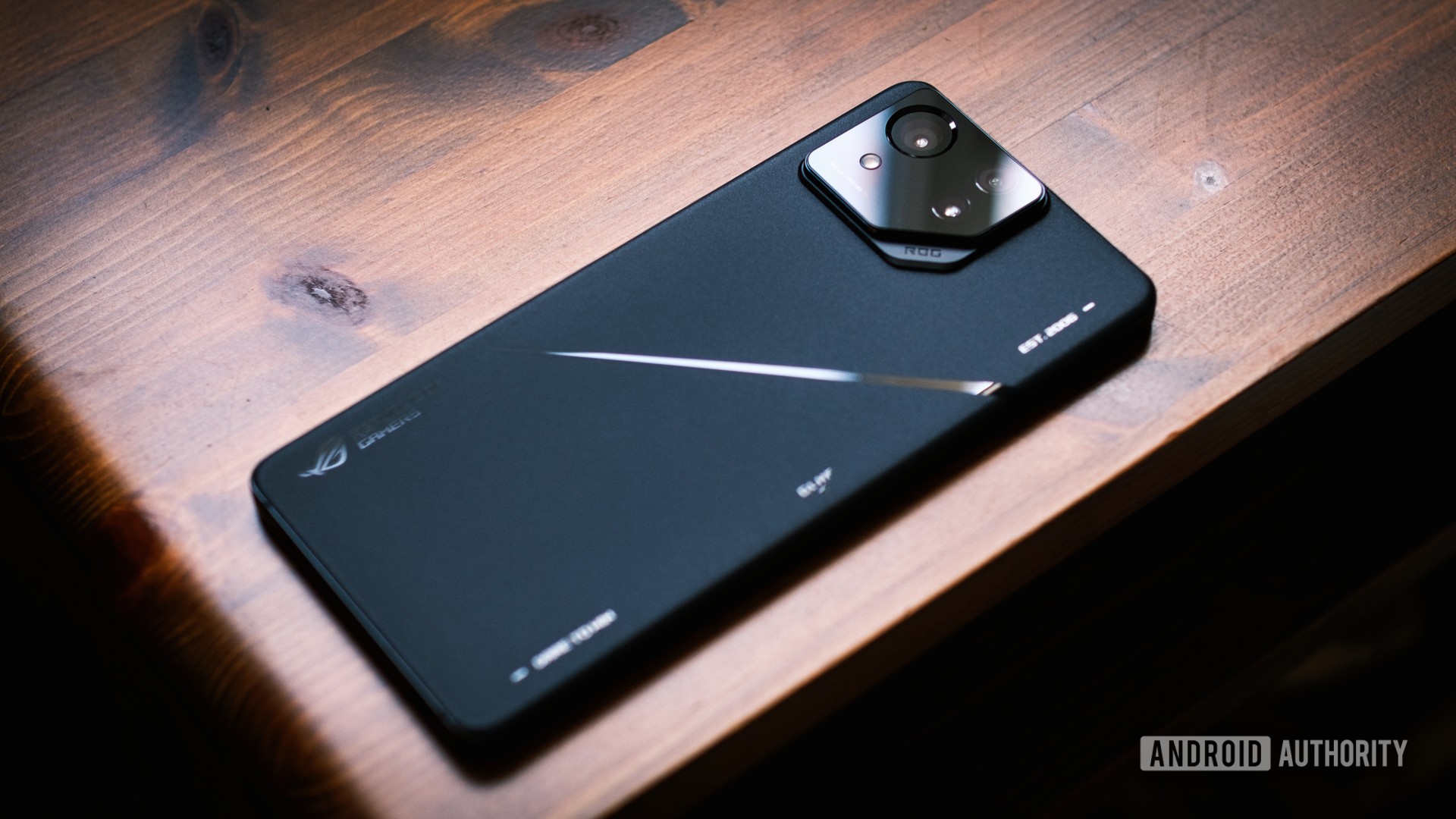
If you’re looking for one of the absolute best phones, looking into some of the best gaming phones is a safe bet. These devices are supercharged with mighty specs, great screens, efficient cooling, large batteries, and everything that makes a good gaming experience.
The ASUS ROG Phone 8 is the company’s latest and greatest, and this device is something else. It comes with some of the best specs around, including a Snapdragon 8 Gen 3 processor, up to 16GB of RAM, 256GB of storage, a 6.78-inch 165Hz display, a 5,500mAh battery, and more.
However, ASUS seems to have drifted away from some of its traditionally aggressive gaming style this year. The ROG Phone 8 is a bit more traditional looking, shifting to a more common corner-mounted camera bump with more capable settings and minimizing the rear dot matrix. On the bright side, it still has the shoulder triggers and more than enough display real estate to enjoy your favorite titles.
As far as dual-SIM support goes, the ROG Phone 8 can handle two physical SIMs or pair a single SIM with a microSD card. Just keep in mind the starting price on this one is pretty high at $1,100.


ROG Phone 8 specs:
- Display: 6.78-inch, FHD+
- SoC: Snapdragon 8 Gen 3
- RAM: 12/16GB
- Storage: 256GB
- Cameras: 50, 13, and 32MP
- Front camera: 32MP
- Battery: 5,500mAh
- Software: Android 14
ASUS ZenFone 11 Ultra
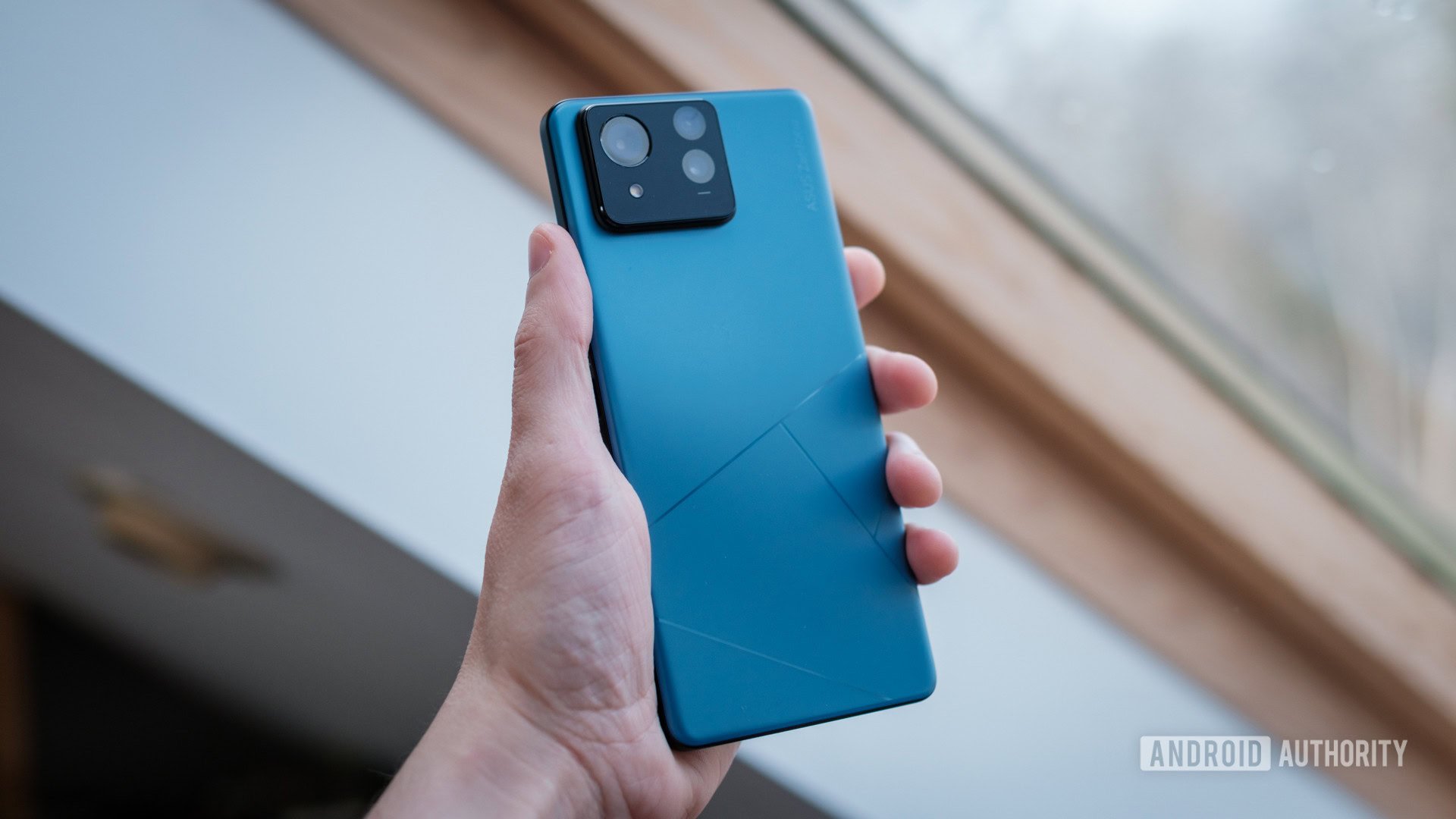
ASUS changed things up a bit with the Zenfone 11 Ultra. The phone is no longer one of the best small phones, featuring a large 6.78-inch screen. It’s also not really a budget phone, either, coming in at $900. One thing is for sure, though, this is still one of the best dual-SIM Android phones.
This is actually one of the few smartphones with an actual dual-SIM setup. It houses two physical nano-SIM card slots. SIM support aside, it is a flagship phone through and through. The design is gorgeous, and it comes with top-notch performance. The LTPO AMOLED panel has a 1080p resolution and a 144Hz refresh rate. The battery is large at 5,500mAh, and you can charge it at 65W speeds. You’re getting the whole package here.


ZenFone 11 Ultra specs:
- Display: 6.78-inch, FHD+
- SoC: Snapdragon 8 Gen 3
- RAM: 12/16GB
- Storage: 256/512GB
- Cameras: 50. 32, and 13MP
- Front camera: 32MP
- Battery: 5,500mAh
- Software: Android 14
We get one frequently asked question that’s also worth addressing here. Many people are looking for dual-SIM phones, but some are looking for Dual Active SIM phones instead of Dual Standby. Dual Standby is much more common; almost every phone listed here is that type.
Dual Active SIM phones are almost extinct because carriers support new phone options to conduct multiple connections. The move has been made over to VoLTE by most carriers in most locations. That allows you to make two calls at once over data, which essentially was a key reason for having older Dual Active options, where it was more necessary to establish the connections.
